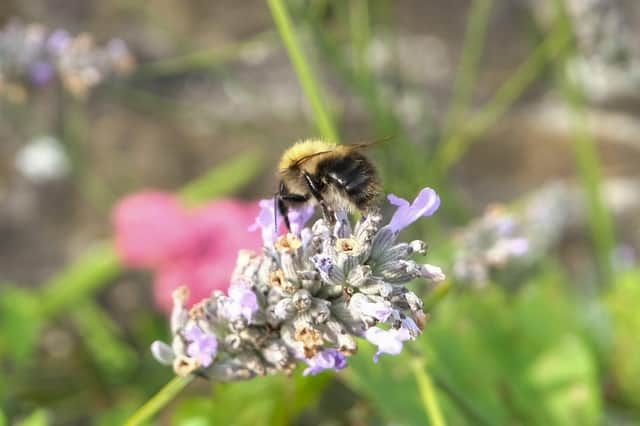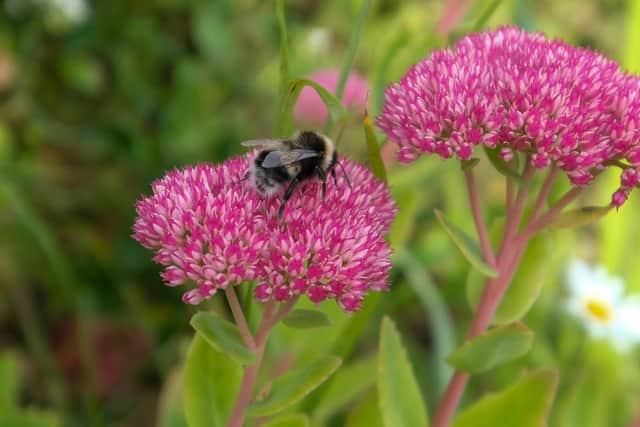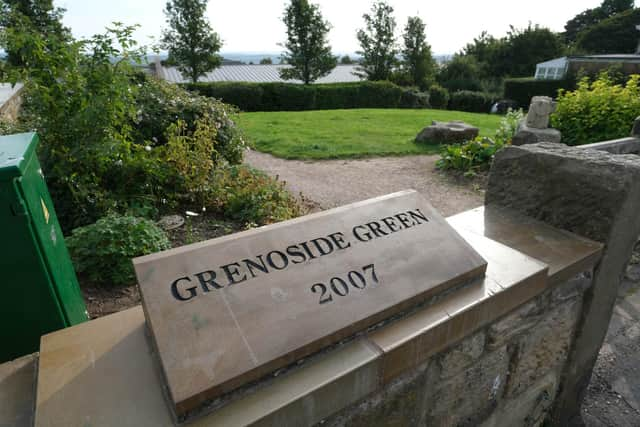How a Sheffield group has transformed a community garden into a bee haven


Friends of Grenoside Green is a volunteer group which has worked hard to rewild Grenoside Green in order to attract bees to the area.
The group also acquired a bee house which has allowed the bee population to grow and help pollinate the local flowers.
Advertisement
Hide AdAdvertisement
Hide AdHelen Jackson, Chair of Friends of Grenoside Green, said: “The important thing about bees - and it isn’t just bees it’s insects generally - the more you allow things to flower in a way that the insects like, they become pollinators for other flowering plants. Allowing verges to grow wild is so good for the environment otherwise it becomes less productive in every way.


"We allowed the green to become wilded. Wild flowers have increased innumerably in profusion. We have allowed rosemary and lavender to expand and go wild.
"At the end of last year there was not much to show in the bee house. This year it is full of larvae. They will become bees next year."
There are now several bee species on the green, and a bug hotel has helped to attract other kinds of insects too. There are around 20,000 known bee species worldwide, the majority of which are solitary bees as can be found on the Green. Solitary bees are great pollinators and most will collect pollen from a wide variety of plants.
Advertisement
Hide AdAdvertisement
Hide AdThe two types of bees in the bee house are Red Mason bees and Leaf-Cutter bees. Red Masons take mud from the pond on the green to seal their eggs into the slots. Leaf-Cutters cut small discs off leaves to seal their eggs in.


Both species leave pollen with the eggs so that when the larvae appear they have something to eat. The larvae pupate and overwinter in the bee house to appear as adult bees the following spring.
Helen explained that the plan to rewild the Green was not immediately popular. She said: “It was difficult to explain to people that we hadn’t just abandoned the Green and let it look a mess. But we have got more volunteers than ever at the moment.
“The Green is now looking nice, we have cut the grass. We will let it all grow wild again next year.”
Advertisement
Hide AdAdvertisement
Hide AdFriends of Grenoside Green are aware that as well as being a bee friendly environment, residents also was the area to look attractive.
Helen added: "We commissioned Andrew Vickers who did the original carving of Grenoside Green to sculpt a bee and that now sits at the entrance of the Green as a symbol of what we are trying to do.”